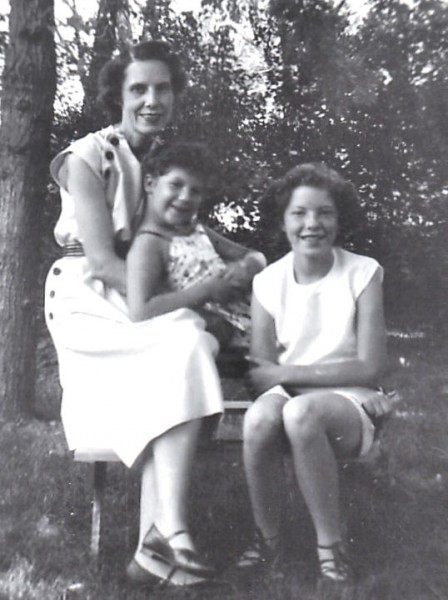The Truth About Fiction
August 18th, 2013
The number one question I get about the Humphrey books is this: is there a real Humphrey? I hate to disappoint fans who want me to have a hamster named Humphrey, but I’m always honest. I don’t have a hamster and I’ve never have had a hamster. I’ve met some perfectly lovely hamsters, though.
Today, an enthusiastic fan asked, “Do Humphrey’s classmates exist in real life?”
I get that kind of question a lot. Which character is really you? Did you have a teacher like Mrs. Brisbane?
Some of these queries are teacher-inspired (I can always tell when everybody in class asks the same question). I appreciate the fact that teachers are trying to get their students to connect more deeply with the material they’re reading. Bravo to that!
But I also feel uneasy because I hope children aren’t getting the impression that everything they read in a fictional work was based on or inspired by something in real life. I’m more interested in getting students to learn to use their imaginative powers. The reason I wanted to be a writer at an early age was simply that I loved exercising my imagination. To think that I could create characters and places and whole worlds out of my imagination was a thrilling prospect to me. The Humphrey books would be pretty dreary if everything I wrote was based on my real life. Obviously, my own experiences shape what I write. But those are bits and pieces – it’s applying imagination to my experiences that weaves the story.
So, yes, I had a teacher who was stern and not bubbly but really cared about her students and could be affectionate at times. But Mrs. Brisbane looks more like a young Judi Dench than Mrs. Nevels.
Yes, I went through grades 1-6 with a girl in my class who would never speak when the teacher called on her. That was the starting point for Sayeh’s character. I don’t know what Sally’s problem was, but I know it wasn’t the same as Sayeh’s.
f
Oh, yes, there was a bully on my bus (Friendship According to Humphrey). In fact, he was a maniac who spewed anger in a frightening manner. But he wasn’t exactly like Martin Bean.
And there was no shortage of smart, impulsive students who were so focused on answering a question they forgot to raise their hands, like Raise-Your-Hand-Heidi. Or chronic gigglers like Stop-Giggling-Gail.
There is one character who is a lot like me, but kids don’t believe me when I tell them. It’s Humphrey! Something about that character comes from the deepest part of me. I really hated injustice and when I was growing up I’d try to right wrongs – that often brought on problems. I tried hard to be good and helpful. I failed a lot on that, but I earnestly tried. I tried to stick up for kids who were being bullied. That backfired, too. But I can honestly say I never teased or bullied anyone. I wouldn’t have dreamed of doing that and neither would Humphrey. I like to write little rhymes and random thoughts in a notebook. I believe in having a plan, and like Humphrey’s, my plans don’t always work. (Still, I agree with him when he says if you don’t have a plan, then nothing’s going to happen.) And I am a professional worrier, just like my furry little friend in Room 26.
So if there is a real Humphrey, this is how he looks:












 Facebook
Facebook Twitter
Twitter